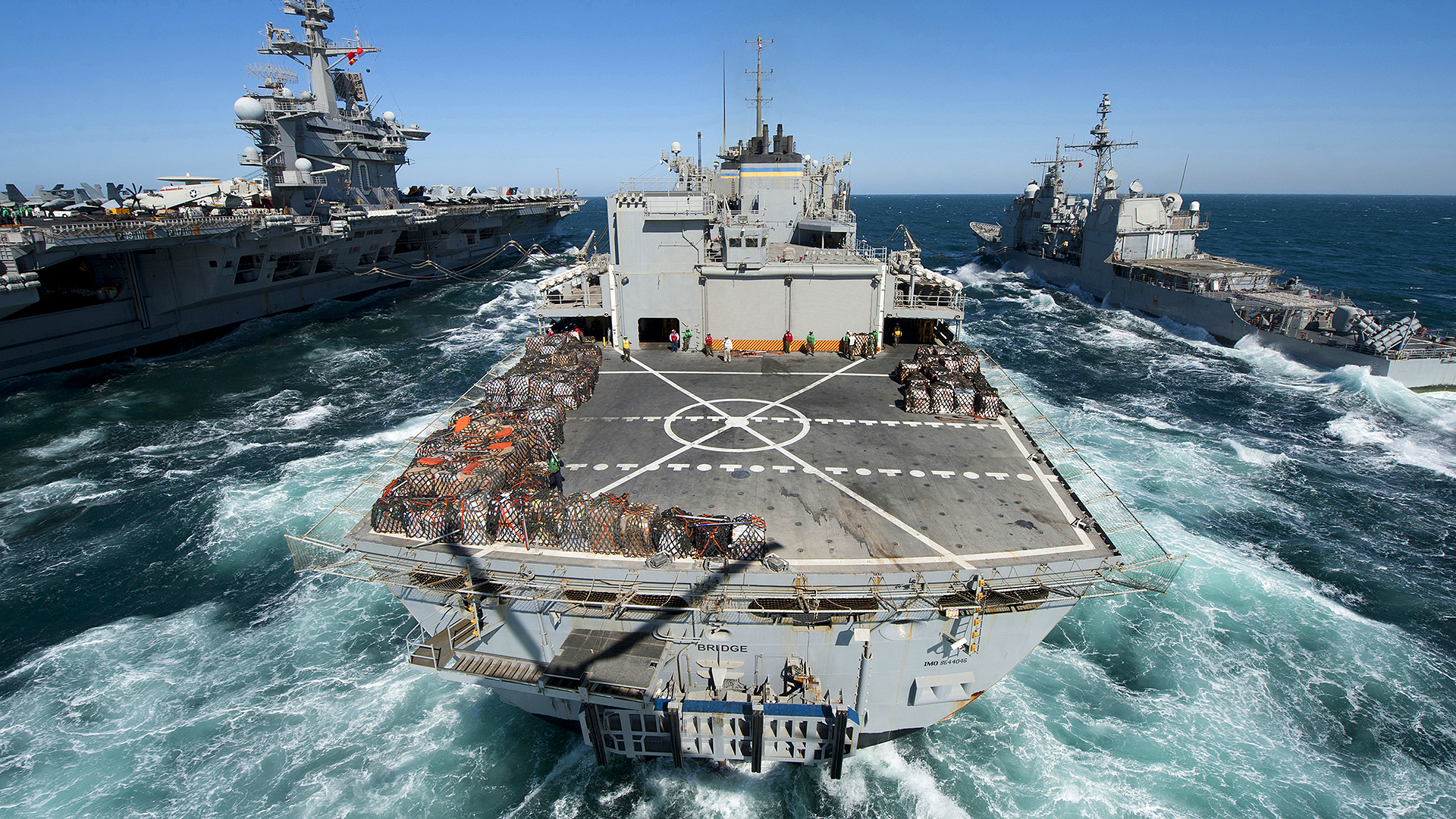In the projected near-peer fight of the future, the head of the U.S. Navy’s Military Sealift Command is under no illusions: U.S.-flagged tankers won’t be enough to meet the Defense Department’s fueling needs.
Despite efforts like the Tanker Security Program, which in 2021 empowered the Department of Transportation to create an ad-hoc 10-ship expanded U.S.-flagged tanker fleet in a crisis, the sort of conflict the U.S. is preparing for will require “all comers,” Rear Adm. Phillip Sobeck told an audience Wednesday at the Navy League’s Sea Air Space 2024 symposium near Washington, D.C.
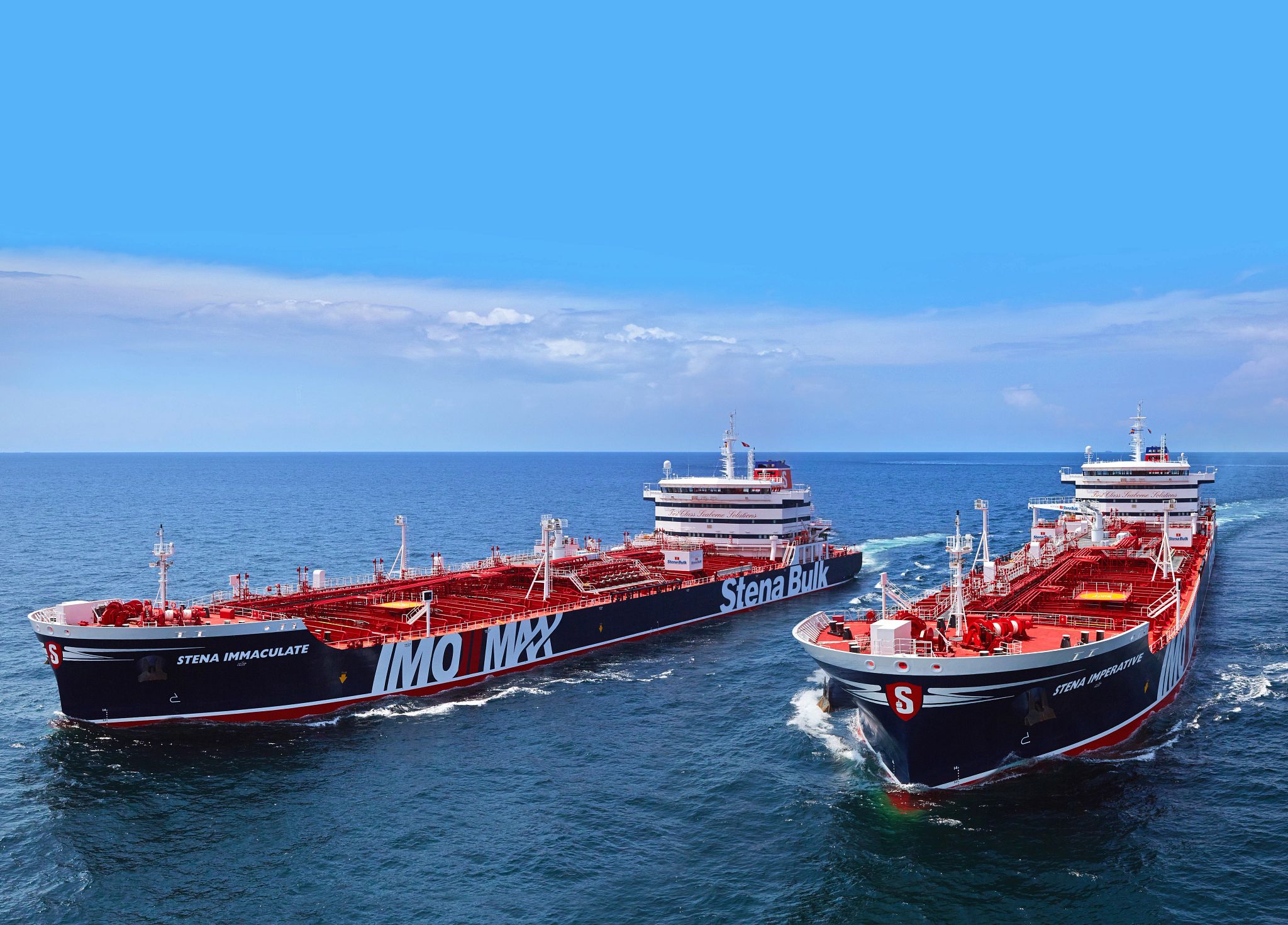
Speaking at a standing-room-only panel focused on contested logistics – a topic the panelists pointed out had barely drawn any attendees in 2023 – Sobeck acknowledged that the Houthi attacks on shipping in the Red Sea following the October 7 attacks on Israel, and its response to them, had underscored the criticality of reliable resupply. Military Sealift Command (MSC) leaders, he said, were holding biweekly calls with skippers of U.S.-flagged ships under threat from the Iran-backed rebels at critical chokepoints like the Bab al-Mandeb strait that links the Red Sea and the Gulf of Aden. That very morning, he said, the container ship Maersk Yorktown, which was being escorted through the Red Sea by two Navy destroyers, had come under fire from the Houthis.
The massive impact of this disruption to global shipping – per Sobeck, $2.3 trillion worth of goods travels through the Bab al-Mandeb annually – has already driven the U.S. military to consider some extraordinary steps, including the beefed-up Navy escorts for commercial vessels.
“The game has changed under our feet,” Sobeck said, adding that global partnerships that spanned industry and government would be necessary to answer China’s network of large tankers in a future war. MSC needs these relationships not only to increase capacity in an emergency, but also to benefit from their experience and feasibility assessments regarding moving bulk fuel.
MSC’s fleet of 140 ships can surge to more than 400 in a time of need, Sobeck said, referring to a surge capacity that involves U.S.-flagged commercial ships. But to meet the needs of distributed maritime operations and other high-priority initiatives, such as the Air Force’s Agile Combat Employment (ACE) scheme of maneuver, “we just don’t have an inherent fleet that can do it,” Sobeck said.
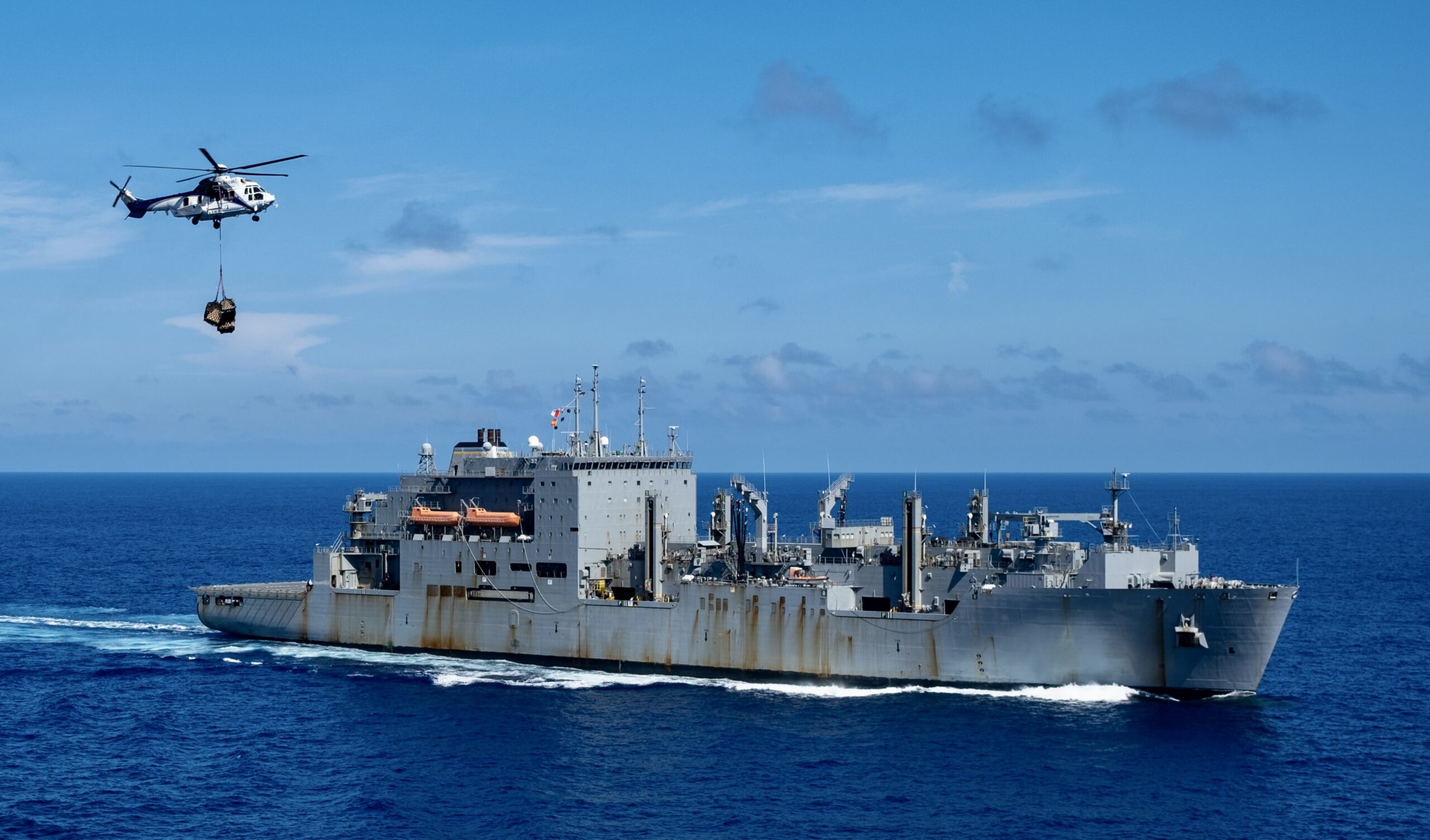
China is rapidly gapping American shipbuilding capacity, augmenting fears that a future war will find the U.S. overwhelmed in the maritime domain and unable to get effective and timely resupply from U.S. ships. A Navy briefing slide obtained by The War Zone last year showed China controlling 40% of global commercial shipbuilding, with an eye-watering shipbuilding capacity of more than 200 times that of the U.S.
Even MSC’s plans to support Navy assets in a major conflict are hindered by a grim reality: obtaining the manpower needed to execute a surge, even if the aging sealift fleet could handle it, would leave essentially no personnel in reserve, and the Navy escort ships needed to ensure logistics ships can safely complete their missions would likely be unavailable in the quantities required.
Acknowledging the limitations of the United States’ ability to go it alone with logistics in a distributed environment was a dominant theme of the panel.
Ann Wood, director of product support management at Naval Air Systems Command, said repairs and maintenance must also create more space for collaboration. The Air Force’s ACE strategy already increases opportunities for members of different U.S. services to support each other’s missions and maintenance at austere bases with limited personnel. But Wood said she wanted to see more maintenance of U.S. equipment done by allied militaries who operate the same platforms.
“We’ve been testing the waters on how we can leverage our foreign partners,” she said.
She pointed to a 2023 trial in which the Royal Australian Navy, which flies the MH-60R Seahawk helicopter, teamed up with the U.S. Navy to demonstrate a periodic maintenance interval (PMI) on an American Seahawk in Australia. According to a release from the time, the demonstration was a success. Lockheed Martin subcontractor Sikorsky Aircraft Australia Limited (SAAL) completed the work over 10 months, and the effort earned a Naval Air Systems Command (NAVAIR) Commander’s Award.
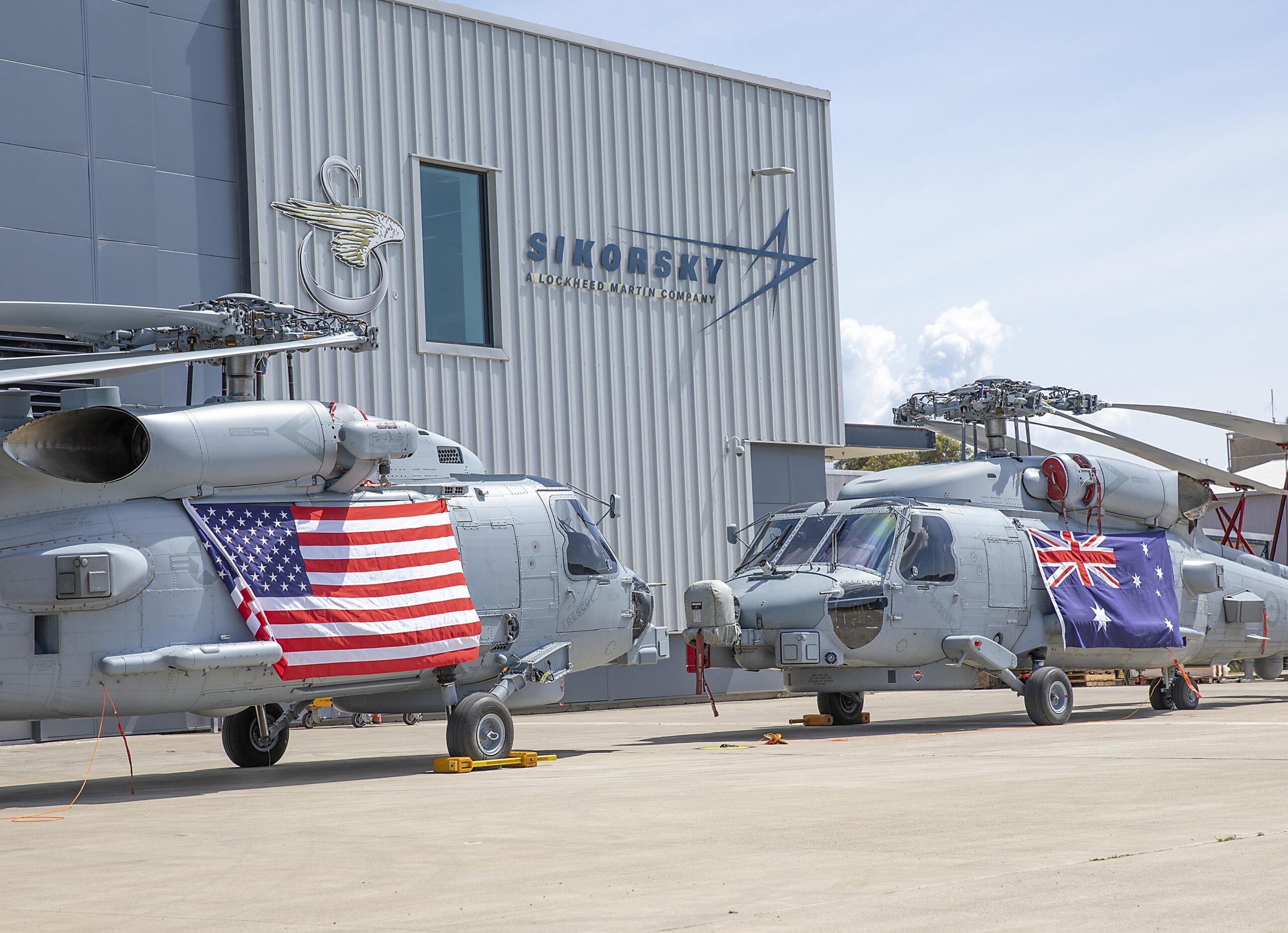
“We have made strides in this PMI demonstration,” Capt. William Hargreaves, manager of the U.S. Navy’s H-60 program, said at the time. “We now have the ability to rapidly address emergent [maintenance, repair, and overhaul] requirements, if necessary, outside of standard activity sites during contingency operations.”
In the Pacific, meanwhile, the U.S. and Japan are in talks for an arrangement that would enable Japanese shipyards to conduct routine maintenance and overhaul of U.S. Navy hulls. This would both keep U.S. ships in the region as a deterrent and ease some of the burden on American shipyards.
But Wood revealed Wednesday that, behind the scenes, red tape created unspecified obstacles and delays.
“Policy really kicked our tails,” she said. “So what we’ve been doing is working with [the office of the chief of naval operations] and OSD in identifying all those policies that hinder us from leveraging the capabilities in those countries and our partner nations.”
Wood added that this work applied not just to shared maintenance, but also to partner-aided resupply. Moving forward, she said, more partnered maintenance efforts are underway, including another initiative in Australia involving the F/A-18E/F Super Hornet, which both the U.S. Navy and Australian Air Force fly.
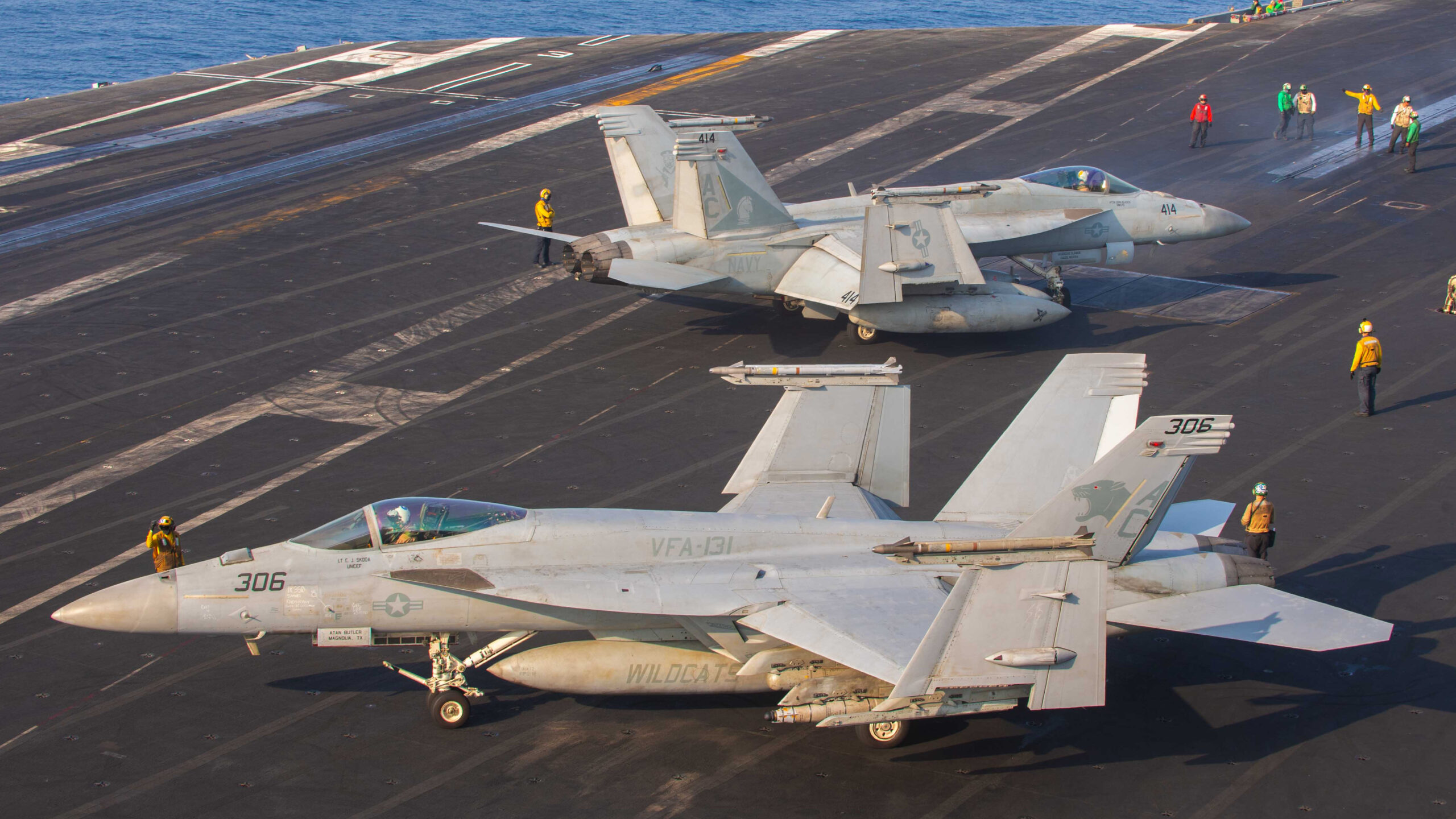
Speaking to The War Zone after the panel, Wood said NAVAIR would look for all available opportunities to find maintenance efficiencies through foreign partners.
“We’re really after as much of it as we possibly can with our partners across the globe, because that really reduces a lot of the demand on Military Sealift Command,” she said. “Right now we’re having to transport things and build stores and do [all] that.”
The F-35 Joint Strike Fighter, used by three U.S. military branches and more than a dozen foreign allies including Australia, has provided learning opportunities in this space, she said. But because of the security concerns around the 5th-generation jet, “there’s going to be limitations on what we can do.” Instead, she proposed pursuing the more basic maintenance tasks that would look the same regardless of who did the work.
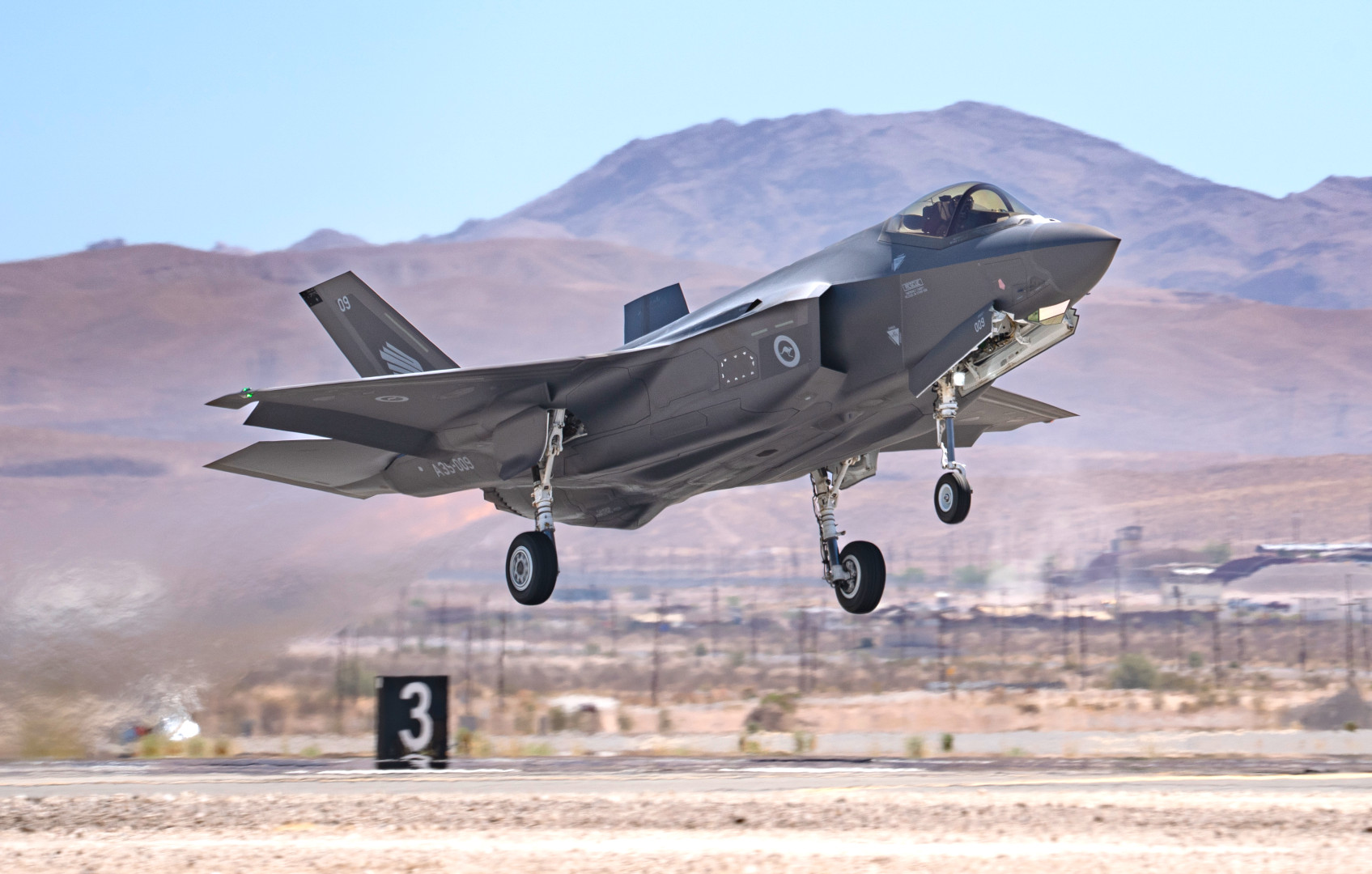
“Wheels and brakes; we should be doing wheels and brakes,” Wood said. “That’s kind of where my head’s at. That’s an absolutely untapped potential.”
Notably, the Defense Department has sometimes been better at finding these sorts of efficiencies for other militaries than for achieving them itself. Last October, U.S. Southern Command rolled out a Theater Maintenance Partnership Initiative aimed at helping South American countries fall in each others’ maintenance operations for U.S.-provided equipment, such as C-130 cargo planes, with the intent of promoting best practices across the region and taking advantage of partners’ resources.
“Maintenance is hard for the U.S. military,” SOUTHCOM Commander Gen. Laura Richardson said at the time. “And if it’s hard for us, I know it’s hard for everybody else.”
Contact the editor: tyler@twz.com
